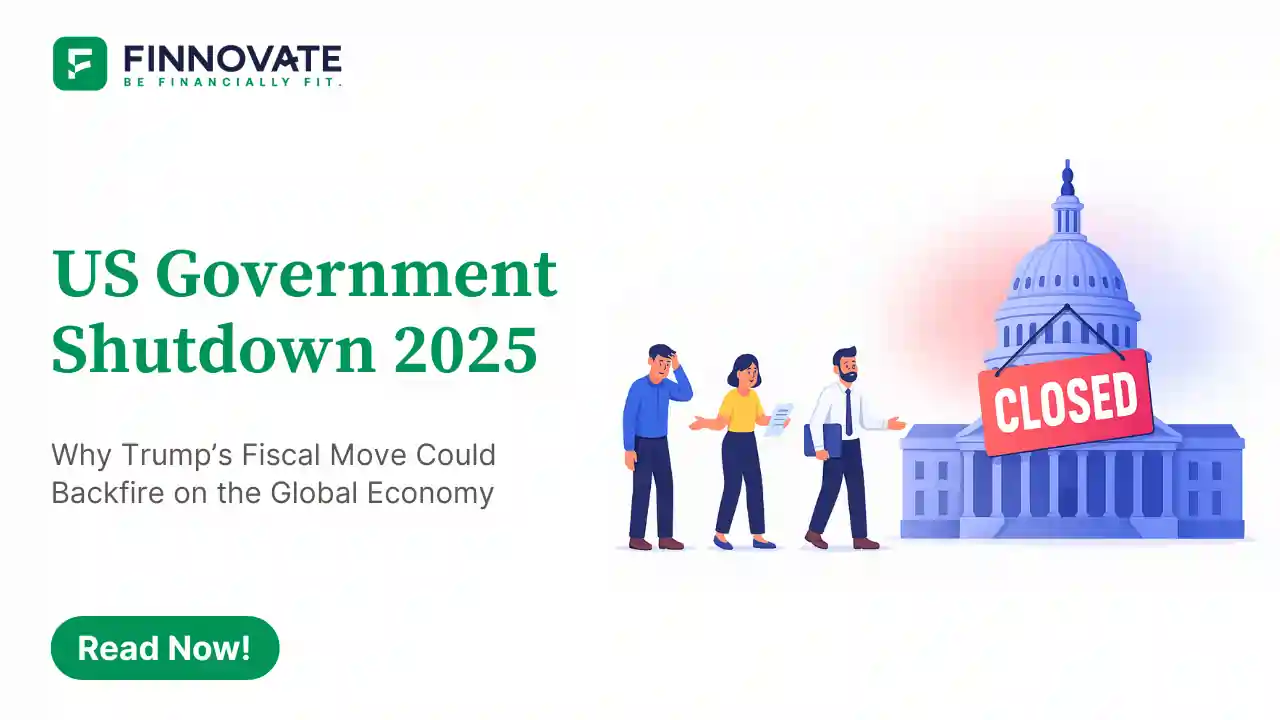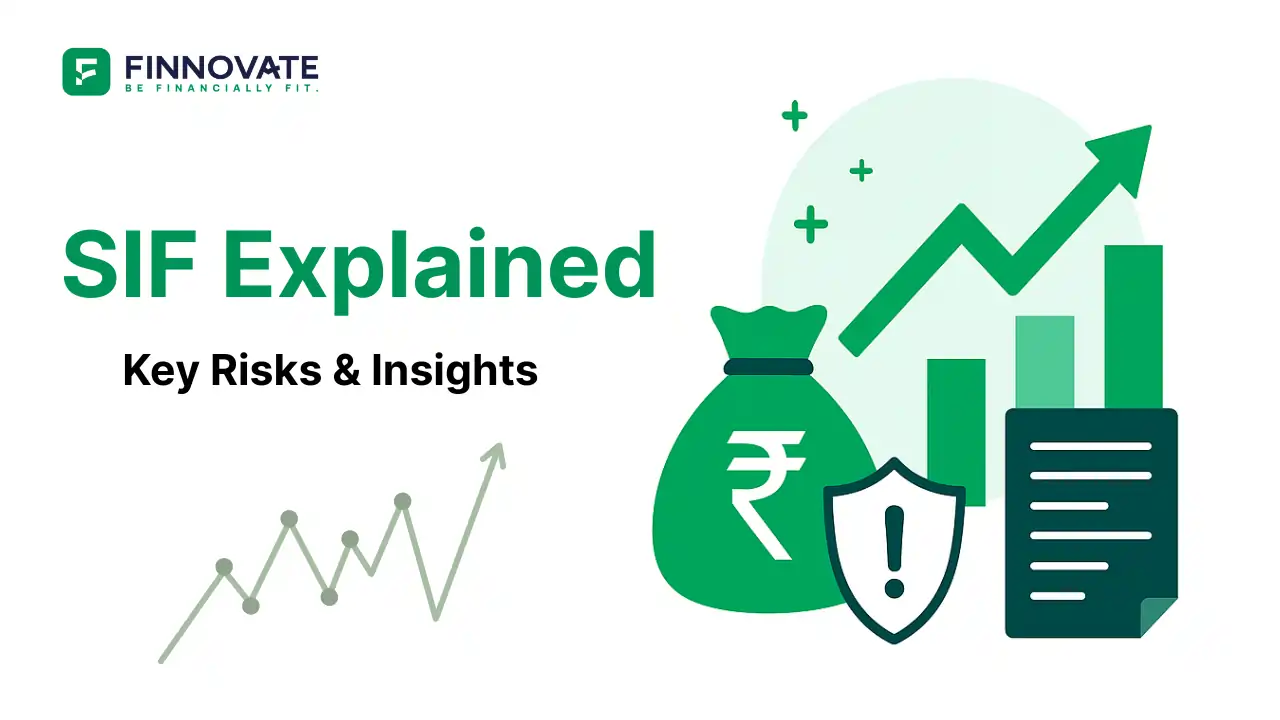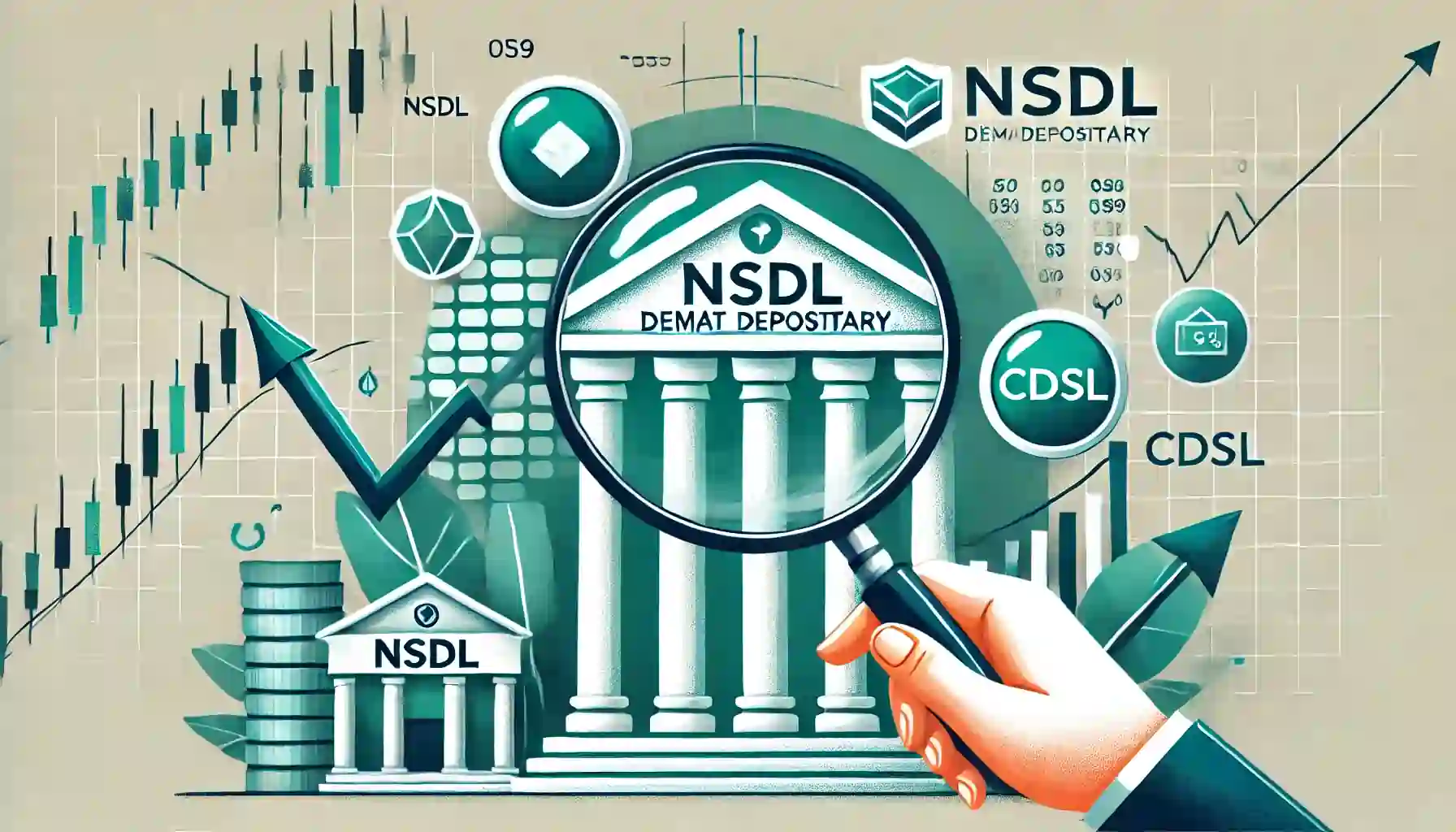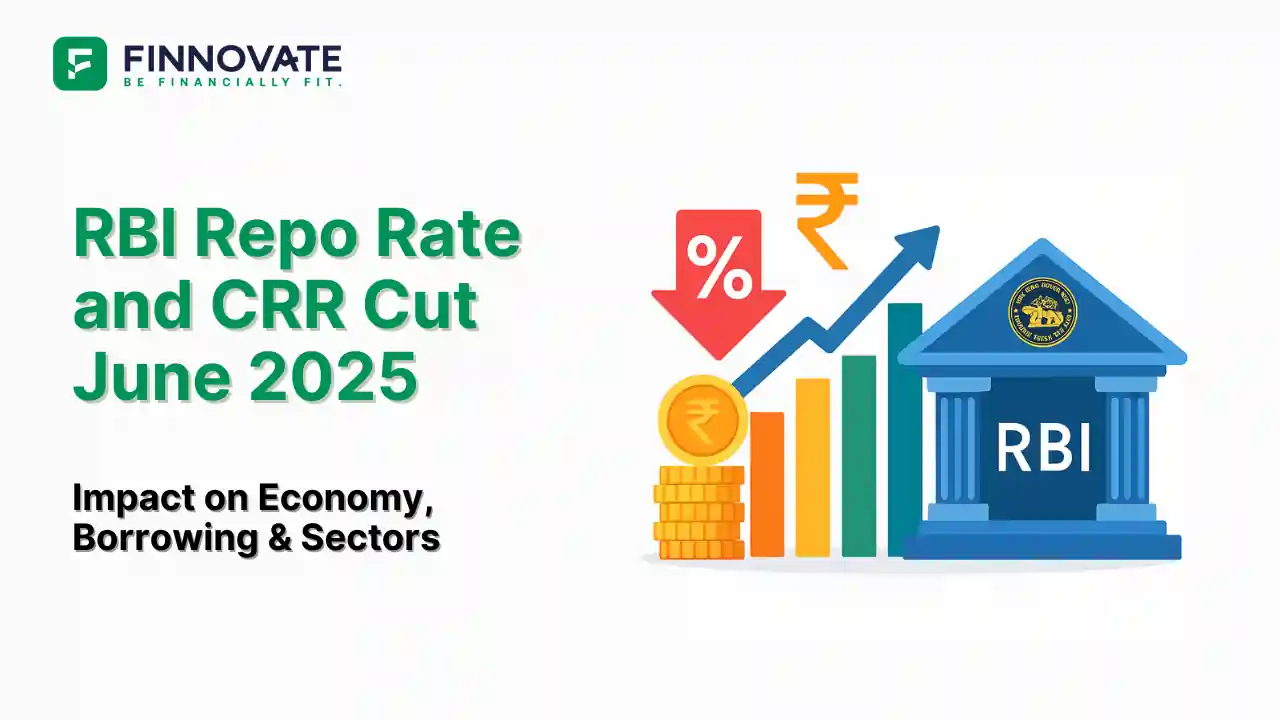US Government Shutdown 2025: Why Trump’s Fiscal Move Could Backfire on the Global Economy

By

When the US government announced a shutdown on October 1, 2025, markets and citizens reacted with muted surprise. After all, this isn’t the first time Washington has hit a budget stalemate. However, this shutdown may be more strategic than accidental - and possibly part of a larger fiscal downsizing plan under President Donald Trump.
The immediate trigger for the shutdown was the failure of Congress to pass the annual funding bill. The main point of contention was the extension of healthcare subsidies, which Trump has openly opposed as part of his campaign to reduce government intervention. As a result, non-essential federal services have been suspended, forcing thousands of government employees into unpaid furloughs. Only critical functions such as air traffic control, border protection, and emergency health services continue to operate.
Government shutdowns have become almost routine in the US, but this time the scale of the disruption - and the potential economic consequences - appear far greater.
The first visible impact is on the daily functioning of the federal machinery. Services like visa processing, trade negotiations, and regulatory clearances have slowed sharply. For trading partners like India, this could delay business deals and bilateral approvals.
But the deeper concern is the hit to economic activity. Past experience shows that every week of shutdown cuts around 0.1% from US GDP growth. A month-long closure could therefore shave off nearly 0.4% from quarterly growth, which is significant for an economy already battling inflation and trade headwinds.
Even if the furloughed employees receive back pay later, their spending power is disrupted in the interim - reducing consumption and confidence. That ripple effect may extend to retail, housing, and hospitality sectors in the US.
Statements from the Trump administration suggest that this shutdown may not just be a budgeting standoff. Instead, it may be part of a broader plan to downsize the federal workforce and reduce what Trump calls “wasteful government flab.”
By extending the shutdown, the administration may hope that some employees voluntarily quit, permanently trimming the state payroll. Additionally, a prolonged standoff allows Trump to delay or reshape policy decisions on sensitive areas like tariffs, immigration, and visas - all key levers in his economic strategy.
In short, the shutdown may be more political than procedural, serving as a test of how much control the White House can exert over fiscal operations without Congress.
While the strategy may align with Trump’s cost-cutting vision, it also poses major risks. A large-scale exodus of federal employees could weaken administrative efficiency and national security operations. Moreover, such moves may trigger lawsuits and constitutional challenges from affected workers and unions.
From a global perspective, extended uncertainty in the US economy affects financial markets worldwide. The US dollar and bond yields tend to fluctuate sharply during shutdowns, unsettling emerging markets like India, which depend on foreign portfolio inflows for capital funding.
The delay in trade talks and visa processing could also hurt sectors like Indian IT services, which rely on smooth US operations.
For countries engaged with the US, particularly India, Japan, and South Korea, a prolonged US government shutdown can have far-reaching effects. Delays in regulatory clearances and trade facilitation could slow cross-border investment flows. Meanwhile, global supply chains that depend on US imports may face bottlenecks.
The psychological impact on global investors is equally important. Political dysfunction in Washington often prompts capital flight to “safe-haven” assets like gold and the US dollar — paradoxically strengthening the very currency whose government machinery is frozen.
India is particularly exposed to this kind of disruption. Visa delays affect technology and healthcare exports, while the weaker US demand can hit merchandise exports such as textiles and auto parts. That said, India’s diversifying trade partnerships - including recent progress with EFTA nations and the UAE CEPA framework - could offer a cushion against US volatility.
Still, the message is clear: India must continue diversifying away from over-dependence on the US market, as global policy unpredictability becomes the new normal.
The 2025 US government shutdown is more than a bureaucratic standoff - it reflects a deeper ideological divide over the role of government in a modern economy. While President Trump’s push for leaner governance may appeal politically, downsizing through disruption is a risky experiment. The longer the shutdown lasts, the greater the economic cost - both for the US and for the global economy that depends on its stability.
Fiscal discipline is essential, but growth by paralysis has never been a sustainable model.
Talk to a Finnovate expert and build a financial plan that stays steady through every market cycle - Book Your Call Today.
Disclaimer: This article is for informational purposes only and does not represent political or investment advice. All data is based on public information available as of October 2025.

Learn how to easily download your NSDL CAS Statement in PDF format with our step-by-step guide. Follow our instructions to log in to NSDL e-Services, download your account statement, and subscribe for
Read Full
Explore what Specialised Investment Funds (SIFs) are, their benefits, taxation, minimum investment, how to invest, how they compare with mutual funds and PMS and latest developments in SIF space
Read Full
Learn How to Download Your CDSL CAS Statement with our step-by-step guide. Easy instructions for accessing your investment details online.
Read Full
Analyzing the potential economic impact of the 2025 India-Pakistan conflict on India's GDP growth, manufacturing sector, and foreign investment.
Read Full
Looking for the best financial freedom books? Here’s a handpicked 2025 reading list with summaries, why to read, and who it's best for.
Read Full
Clear guide to mutual fund taxation in India for FY 2025–26 after July 2024 changes: equity STCG 20%, LTCG 12.5% with ₹1.25L exemption, debt/hybrid rules, dividends, examples, tables, and FAQs.
Read Full
Determine if your Demat Depositary (DP) is NSDL or CDSL easily. Follow our guide to check using broking platforms or Demat account number formats
Read Full
RBI cuts repo rate by 50 bps and CRR by 100 bps in June 2025 to boost growth. Learn how it impacts inflation, borrowing, sectors, and market trends.
Read Full